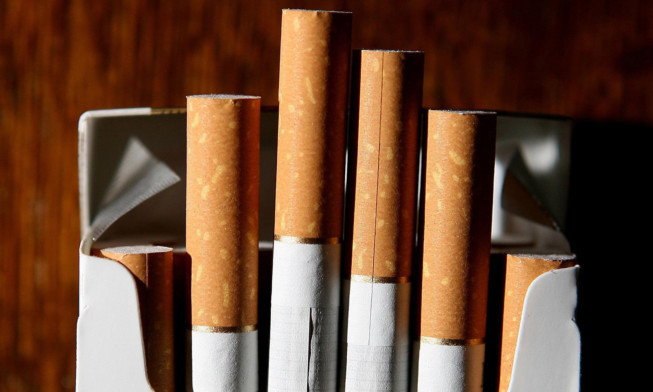Very young children of smokers are being exposed to high levels of nicotine intake and air pollution comparable with major industrial smog in cities like Beijing, a study by an anti-smoking charity has found.
Ash Scotland tested children aged one to five from 54 smoking households in Aberdeenshire for nicotine exposure, and found all but one had very high concentrations of nicotine in their saliva.
Exposure was higher in younger children due to the increased time they spend closer to their mothers.
Two children aged three and five were exposed to pollution 50 times greater than peak time traffic in Edinburgh city centre, and around 20 times greater than recommended safe levels.
One 32-year-old mother-of-two smoked in every room apart from the children’s bedrooms, and also in the car, despite one of her children suffering from asthma.
Researchers found air pollution nearly 20 times greater than the World Health Organisation’s recommended limit in her flat.
She stopped smoking in the car, cut down on her cigarettes and confined herself and her smoking guests to the kitchen, leading to a reduction in pollution levels.
A 23-year-old single mother, who works in a hospital, thought she was protecting her five-year-old child by confining her smoking to the kitchen, but researchers found pollution levels even higher than those in the 32-year-old’s flat.
She said: “I didn’t realise how much damage it actually will cause if I keep smoking in the house. It’s quite scary.
“If I think about the bad things that could happen, like all the lung problems and stuff that I could bring to my son through my smoking, it’s not worth it.”
Dr Sean Semple, of Aberdeen University, who analysed the results, said: “When smoking takes place at home, the indoor air pollution levels are comparable with those measured during major industrial smog events in cities like Beijing and Singapore.
“Over 85% of the fine particles and hazardous chemicals in second-hand smoke are invisible and these measurements show that levels of harmful particles can reach very high peaks and that the smoke lingers in the air for long after the cigarette is extinguished.”
Sheila Duffy, chief executive of Ash Scotland, said: “Around 100,000 children in Scotland are affected by tobacco smoke in the home, with all the health problems that brings.
“We know that smoking parents want to protect their children. What we can do is help them to understand how much smoke travels around the home and how long it lingers in the air.
“That is why we encourage them to do their smoking outside, and make their home and car entirely smoke-free.”
